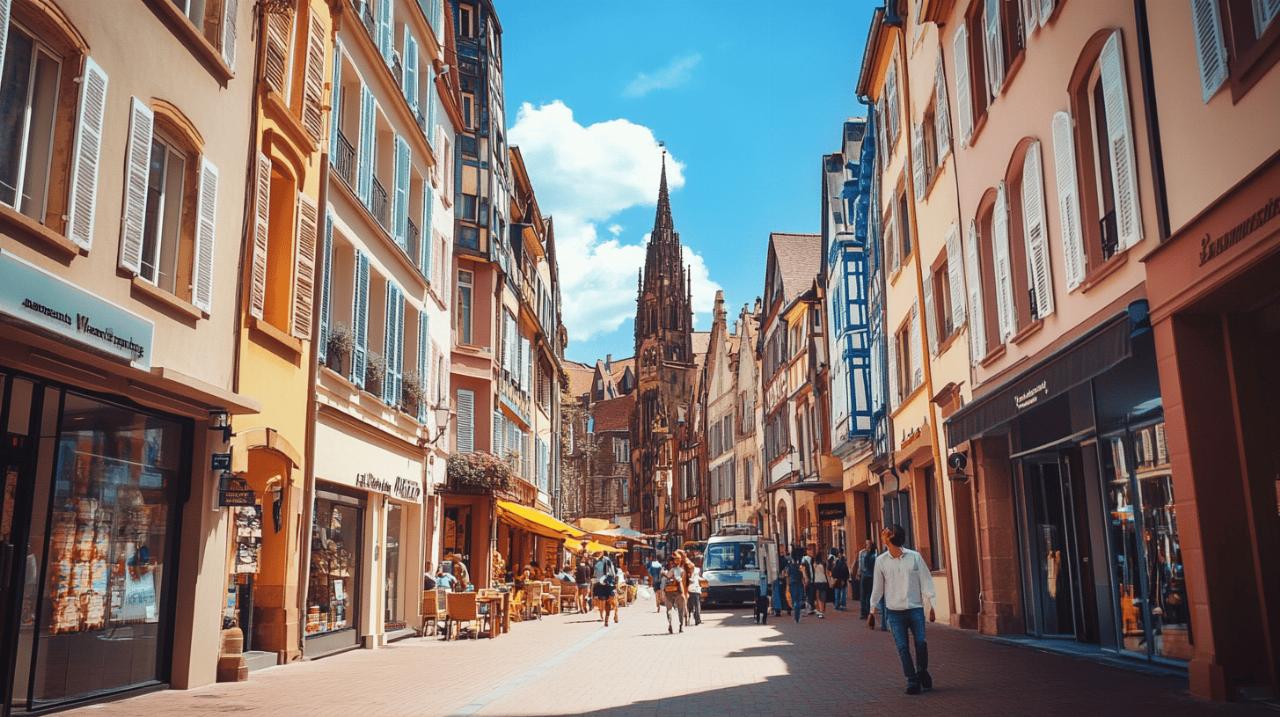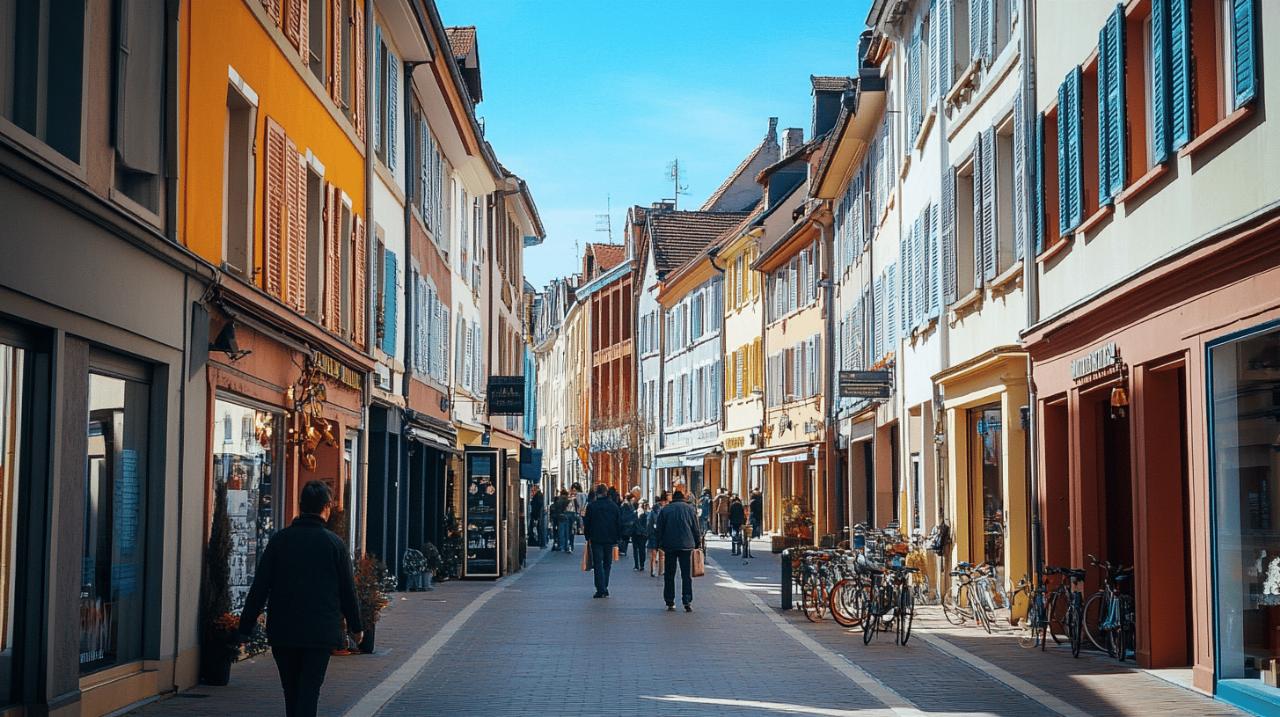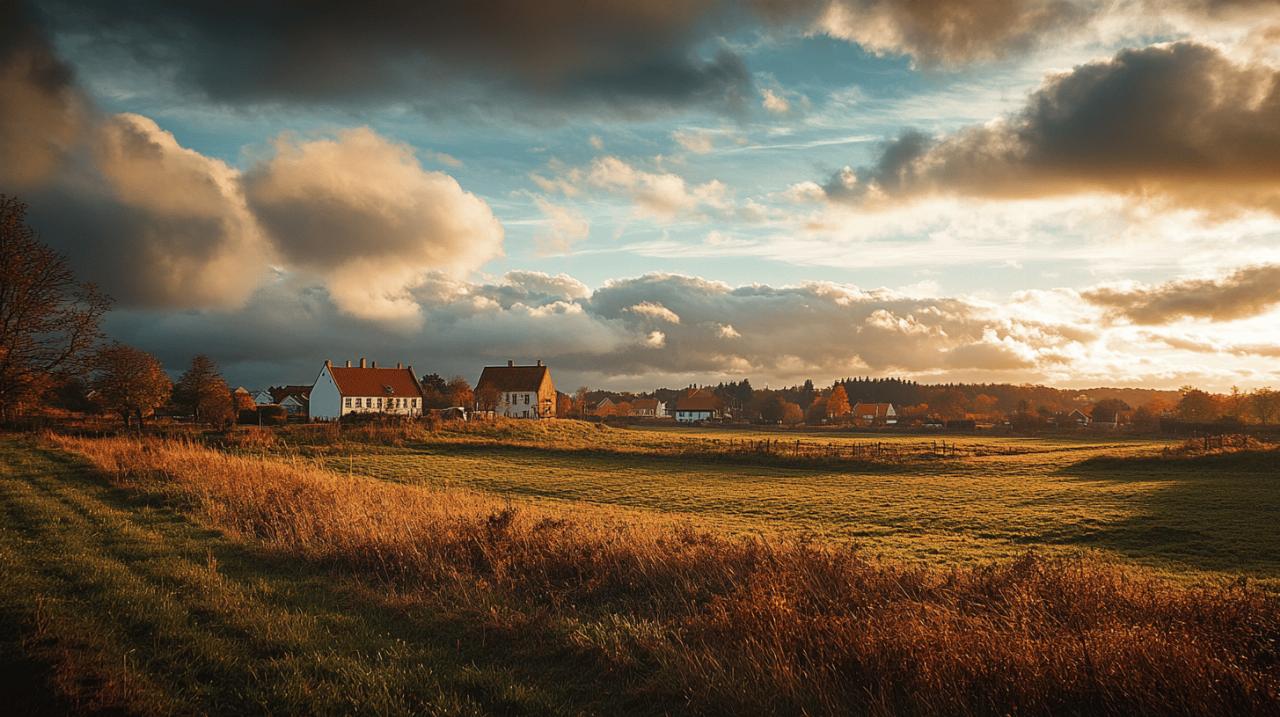Nestled in the heart of Alsace, Mulhouse stands as a vibrant testament to industrial heritage and cultural richness, a city where past and present converge in fascinating ways. Its strategic position near the borders of Switzerland and Germany has long shaped its character, drawing travellers and residents alike to its bustling streets and historic landmarks. Yet beyond the tangible architecture and lively thoroughfares lies a digital chronicle that offers an extraordinary perspective on urban life: the accumulated footage from webcams positioned across the city. These visual records, quietly documenting daily rhythms and atmospheric shifts, have become invaluable tools for understanding how Mulhouse evolves through seasons and years, revealing patterns that might otherwise escape notice.
Mulhouse Through the Lens: Understanding the Value of Digital Urban Chronicles
The Gateway to Alsace: Mulhouse's Geographical and Historical Context
Mulhouse occupies a unique crossroads in northeastern France, positioned conveniently between Strasbourg to the north and the Swiss city of Basel just beyond its southern edge. This geographical advantage has historically made it a hub for trade and industry, with the Rhine flowing nearby and routes connecting it to Lyon in the southwest and even distant Alpine destinations such as Chamonix. The city's skyline reflects its layered history, from the elegant spire of Temple Saint-Étienne to the industrial-era warehouses that once powered its textile economy. The proximity to Colmar and other Alsatian towns enriches the regional tapestry, while the distant silhouette of Mont Blanc occasionally graces the horizon on exceptionally clear days. Understanding this context helps frame why digital observations of Mulhouse carry particular significance: the city serves as both a distinct entity and a representative sample of broader regional trends.
Why Webcam Archives Matter: A Window into Urban Evolution and Daily Rhythms
The concept of archiving webcam footage might initially seem mundane, yet these collections hold surprising depth and utility. Unlike curated photographs or deliberate documentary projects, webcams capture the unfiltered passage of time in all its mundane glory. They record the gradual greening of trees in spring, the first snowfall dusting cobblestones in winter, and the subtle shift in shadow angles as the sun traces its seasonal arc. For researchers, urban planners, and curious observers, these archives provide empirical evidence of meteorological patterns and climate variations that written records alone cannot convey. A resident might recall a particularly harsh winter or an unusually mild autumn, but webcam footage offers visual confirmation, transforming memory into measurable observation. Moreover, these digital windows reveal the pulse of city life: the ebb and flow of traffic near the airport, the changing faces of the train station during peak hours, and even the quiet moments when streets lie empty under early morning light.
Capturing Mulhouse's Character: Key Locations and Seasonal Variations in Archived Footage
Iconic Vistas: From Temple Saint-Étienne to the City Centre's Changing Streetscapes
Certain locations in Mulhouse have become focal points for webcam placement, their views encapsulating the essence of the city. The Temple Saint-Étienne, with its distinctive pink sandstone and towering presence, frequently appears in archived footage, serving as a visual anchor for observers. Its unchanging architecture contrasts sharply with the dynamic human activity surrounding it, creating a natural laboratory for studying urban behaviour. The city centre, with its blend of pedestrian zones and thoroughfares, offers another rich tableau. Here, one can trace the transformation of public spaces through renovations, witness the installation of new street furniture, or observe changing patterns in how people navigate the urban environment. Even locations such as the police station or the entrance to the Fabrics Museum have their stories to tell, capturing not just the buildings themselves but the comings and goings that define their purpose. These vantage points collectively paint a comprehensive portrait of Mulhouse as a living, breathing entity rather than a static collection of monuments.
Weather patterns and climate insights: tracking mulhouse's meteorological shifts over time
One of the most compelling applications of webcam archives lies in their ability to document weather patterns with remarkable precision. Traditional meteorological data provides numerical information about temperature, precipitation, and wind speed, but visual records add crucial context. Archived footage allows observers to see exactly how snow accumulates on rooftops, how fog settles in the valleys surrounding the city, or how intense summer sunshine alters the appearance of familiar streets. Over extended periods, these observations can reveal subtle but significant climate shifts. Perhaps the first autumn frost now arrives a week later than it did a decade ago, or spring greenery emerges earlier with each passing year. Such patterns, when correlated with regional climate forecasts, offer valuable insights into broader environmental changes affecting not just Mulhouse but the entire Alsace region. The visual nature of this data makes it accessible to non-specialists, transforming abstract climate discussions into tangible, relatable observations that resonate with anyone familiar with the city's rhythms.
The power of looking back: what archived webcam footage reveals about urban development

Documenting transformation: infrastructure projects and architectural changes captured digitally
Urban development rarely announces itself dramatically; instead, it unfolds gradually through construction phases and incremental modifications. Webcam archives excel at capturing this slow-motion transformation. A building that now dominates the skyline might first appear in footage as a construction site, scaffolding slowly climbing skyward over months or years. Traffic patterns shift as new roads open or tram lines extend, changes that become obvious only when comparing footage from different periods. Even smaller alterations, such as the replacement of street lighting or the redesign of public squares, leave their mark in these digital records. For urban planners and historians, such documentation proves invaluable, offering objective evidence of how decisions impact the built environment. For residents, these archives serve as collective memory, preserving snapshots of favourite places before renovation or redevelopment altered their character. The cumulative effect transforms webcam footage from simple surveillance into genuine historical documentation, capturing not just what Mulhouse is today but how it became that way.
Seasonal Cycles and Environmental Shifts: Visual Evidence of Changing Patterns
The cyclical nature of seasons provides a natural framework for understanding environmental change, and webcam archives make these cycles visually explicit. Year after year, the footage records the predictable progression from winter's bare branches to spring's tentative buds, summer's full canopy, and autumn's golden transformation. Yet within this regularity, variations emerge that hint at deeper shifts. An unusually early bloom might signal a warmer winter, while prolonged autumn colours could indicate drier conditions. Comparing footage across multiple years reveals whether such anomalies represent isolated events or emerging trends. Beyond seasonal changes, these archives capture other environmental phenomena: the quality of air reflected in visibility and haze, the intensity of storms documented through their effects on streets and structures, and even the behaviour of local wildlife responding to urban spaces. This visual evidence complements scientific measurements, providing a holistic understanding of how climate and environment interact with urban life in Mulhouse and the surrounding region.
Exploring Alsace Virtually: Mulhouse and Beyond in the Digital Age
Regional perspectives: comparing webcam archives across alsace and neighbouring cities
Mulhouse does not exist in isolation, and its webcam archives gain additional meaning when compared with similar records from neighbouring locations. Cities such as Strasbourg, Colmar, and even more distant destinations like Beaune or Fribourg across the border maintain their own digital observation networks. Comparing footage from these locations reveals regional patterns: do spring arrive uniformly across Alsace, or does elevation and proximity to the Rhine create noticeable variations? How do architectural styles and urban planning philosophies differ between these cities, and how have they evolved over comparable timeframes? Such comparative analysis enriches understanding of both individual cities and the region as a whole. It also highlights the interconnectedness of these urban centres, showing how weather systems move across the landscape, how cultural events might influence public space usage, and how economic developments in one city ripple through neighbouring communities. The digital age has made such regional perspectives accessible to anyone with internet access, democratising knowledge that was once the exclusive domain of researchers and specialists.
Planning Your Visit: Using Archived and Live Webcams to Experience Mulhouse Remotely
For prospective visitors, webcam archives serve a distinctly practical purpose: they offer a preview of what to expect. Someone planning a winter trip to Mulhouse can review archived footage from previous Decembers to gauge typical weather conditions, street atmosphere, and even the dress codes locals favour during cold months. Similarly, reviewing footage from summer months helps set expectations for crowds at popular attractions or the liveliness of outdoor cafes. This virtual reconnaissance extends beyond mere weather forecasts, providing a sense of the city's impression and character that written descriptions cannot fully convey. The combination of archived and live webcam feeds creates a comprehensive picture: the archives establish historical context and typical patterns, while live views confirm current conditions. This dual perspective proves especially valuable for those travelling from distant locations such as Lyon or considering day trips from Basel or Chamonix. The ability to virtually experience Mulhouse before arrival transforms travel planning from guesswork into informed decision-making, ensuring visitors arrive with realistic expectations and well-considered itineraries. In this way, digital observation tools bridge the gap between curiosity and experience, inviting exploration of a city whose seasonal transformations and enduring character continue to captivate observers near and far.



